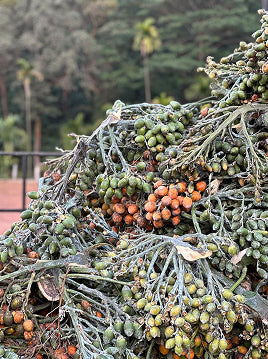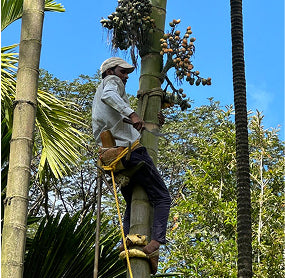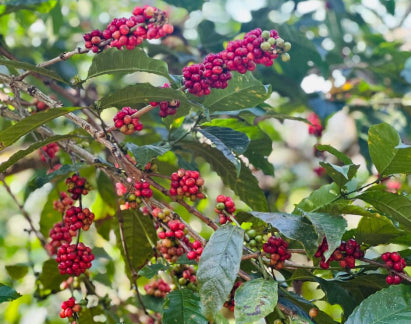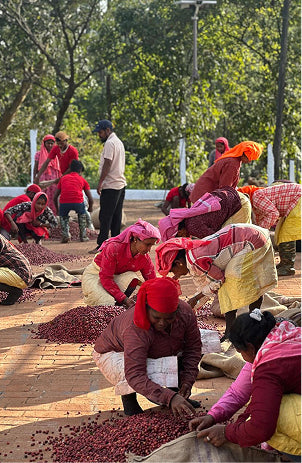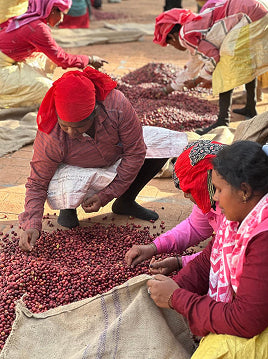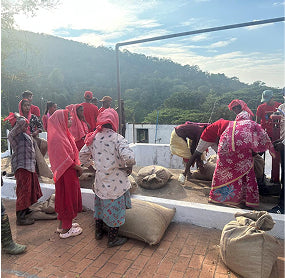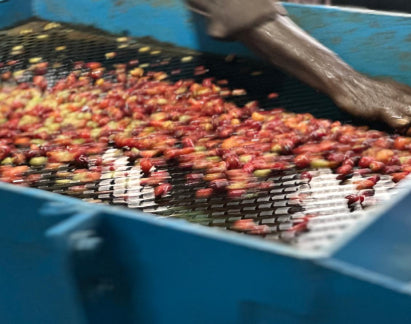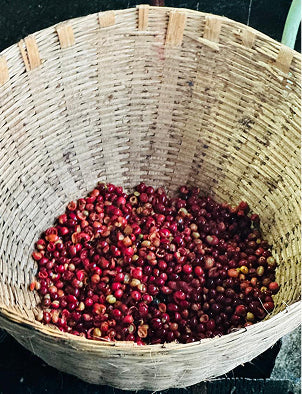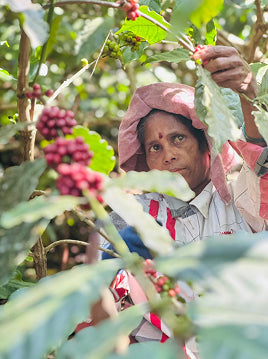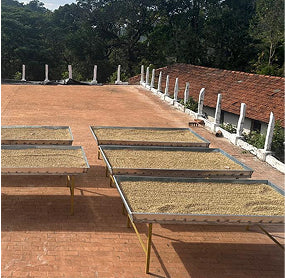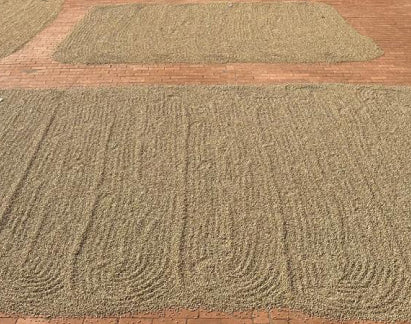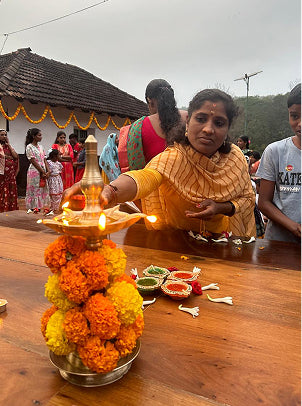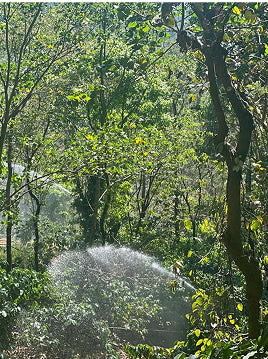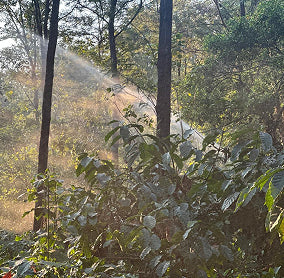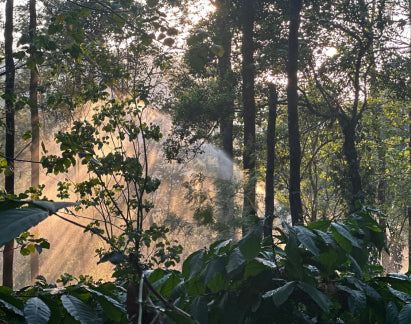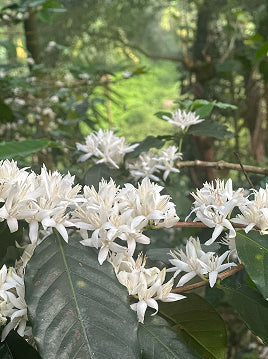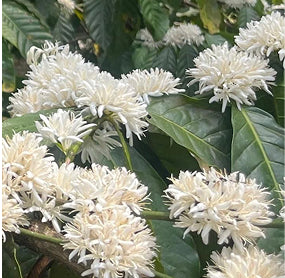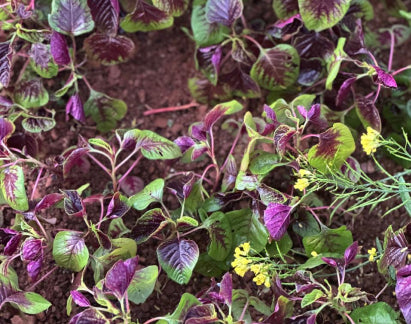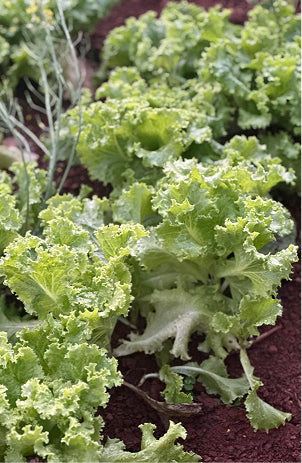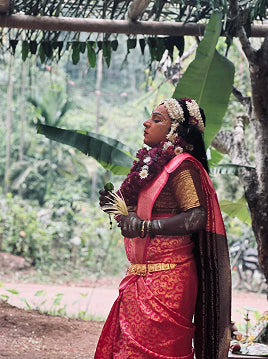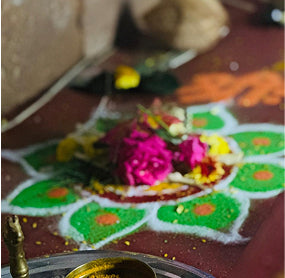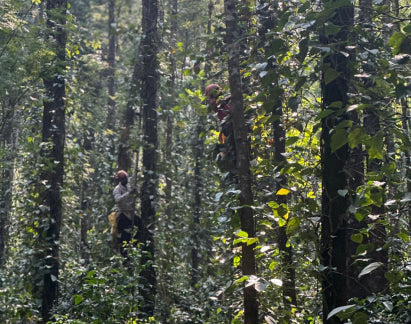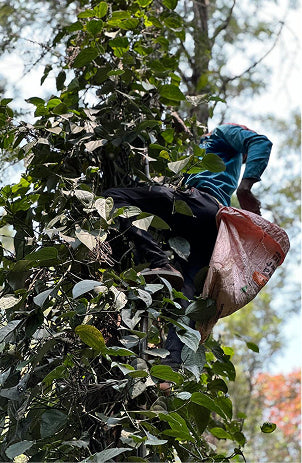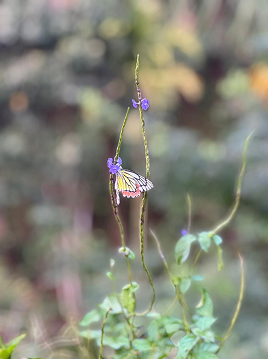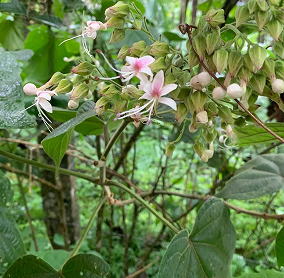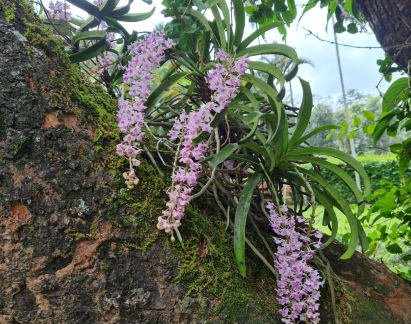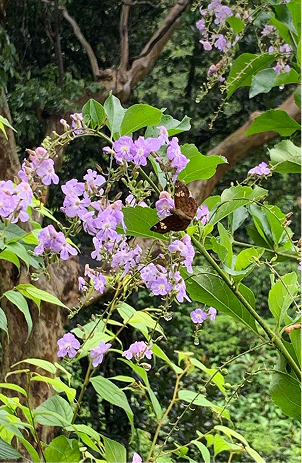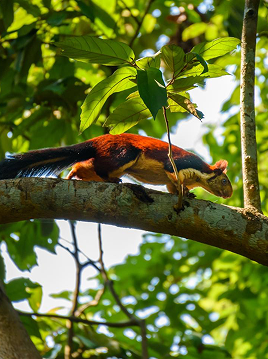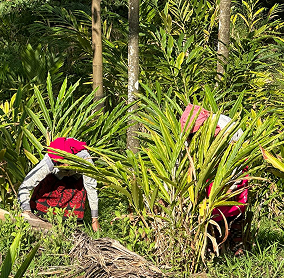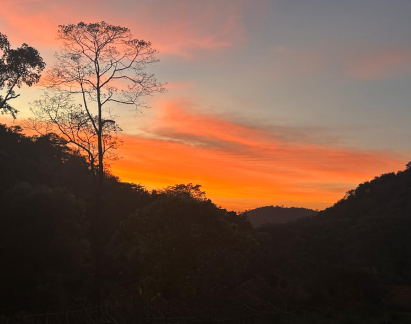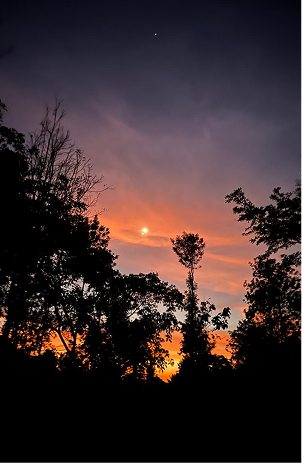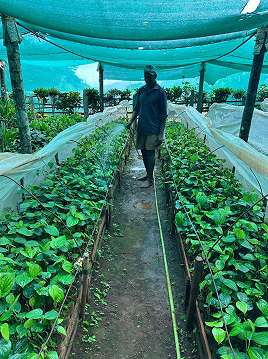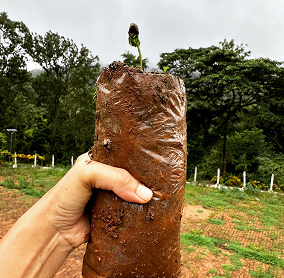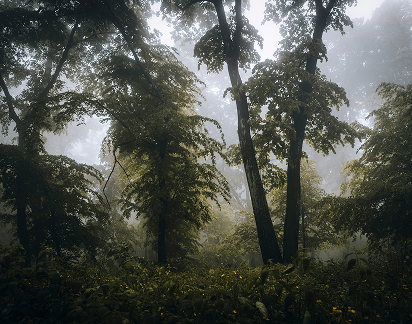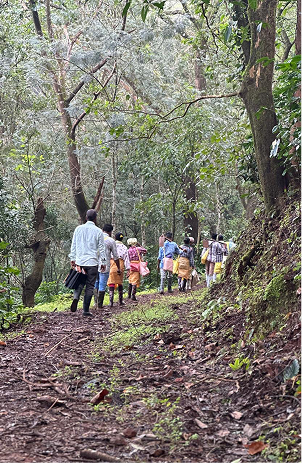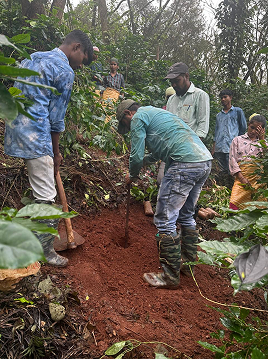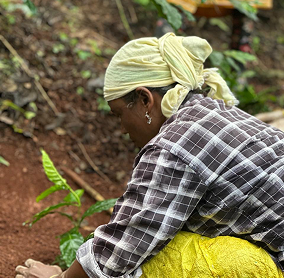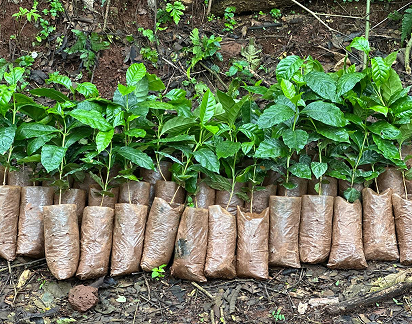There is a strict zero-tolerance policy for harmful chemicals, pesticides, weed killers, child labour, and plastic. The estate is also in the process of obtaining Rainforest Alliance certification. It harnesses sustainable energy by usings solar panels to power operations. Skilled labourers, well-versed in the nuances of local cultural practices, meticulously prune the coffee plants and regularly shade-lop trees, ensuring optimal plant growth and development conditions. Hiregudda Estate focuses on sustainable, eco-friendly cultivation, including soil and water conservation practices. Eight per cent of the land is left wild, fostering a balanced agroforestry ecosystem.
PLANTATION ( - )
PLANTATION
( + )
( - )
The plantation employs ethical, holistic, regenerative, and sustainable practices to ensure responsible land stewardship. Maintaining harmony between soil, microorganisms, plants, animals, and humans allows a biotope where diverse species, including birds, butterflies, and insects thrive. Most of the area is covered by lush forest, where the coffee bushes are part of a greater assemblage of trees and plants typical of a sub-tropical rainforest.
Sustainability practices like vermi-composting, cattle manure composting, and agroforestry improve soil health and productivity. The plantation also addresses global challenges through operations that promote a healthy environment for future generations, working in harmony with nature and its stakeholders.
